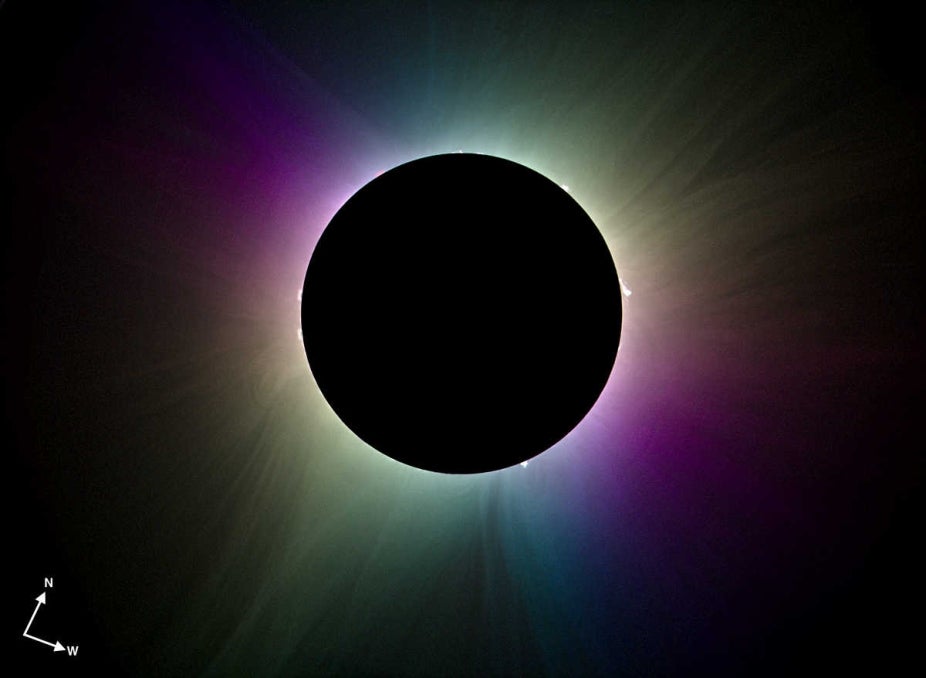Standing in the shadow of a total solar eclipse

Southwest Research Institute
7:30 – 9:00 pm MDT
“Don’t look straight at it!” is the usual advice given about our Sun, but scientists do exactly that when studying the solar corona – the Sun’s outermost atmosphere. Normally obscured by the Sun's bright surface, the solar corona becomes visible during a total solar eclipse, allowing researchers to study this elusive part of the Sun.
In this NSF NCAR Explorer Series Lecture, researchers Amir Caspi and Paul Bryans give a history on observing the solar corona under eclipse conditions and the novel experiments they and others at SwRI and NSF NCAR have deployed to help us understand the solar corona and how it affects life on Earth.
Paul Bryans
Dr. Paul Bryans is a Scientist at the High Altitude Observatory of the NSF National Center for Atmospheric Research, where he researches the ways the Sun affects life on Earth. To do this he uses observations from many different telescopes, both on the ground and in space, which each give unique perspectives on how the Sun’s atmosphere is evolving. Dr. Bryans has been involved with field expeditions to observe solar eclipses since 2017, including leading a team to a mountaintop in Chile. In addition to solar research, Paul has also conducted research in the fields of supernova remnants, molecular clouds, and comets.
Amir Caspi
Dr. Amir Caspi is a Principal Scientist at the Southwest Research Institute in Boulder. He studies the Sun and its million-degree outermost atmosphere, the solar corona. He develops instruments and missions to measure solar emissions ranging from X-rays to visible light and infrared to study powerful energetic processes like solar flares and eruptions and how they affect the Earth and assets in space. Dr. Caspi is the Principal Investigator of the CubIXSS CubeSat and a mission team member of multiple other NASA solar space missions. In addition to the Citizen CATE 2024 mission, he also led the 2017 and 2024 missions to observe those total solar eclipses with NASA’s WB-57 high-altitude aircraft and has done extensive public engagement and outreach relating to solar eclipses and the Sun in general.